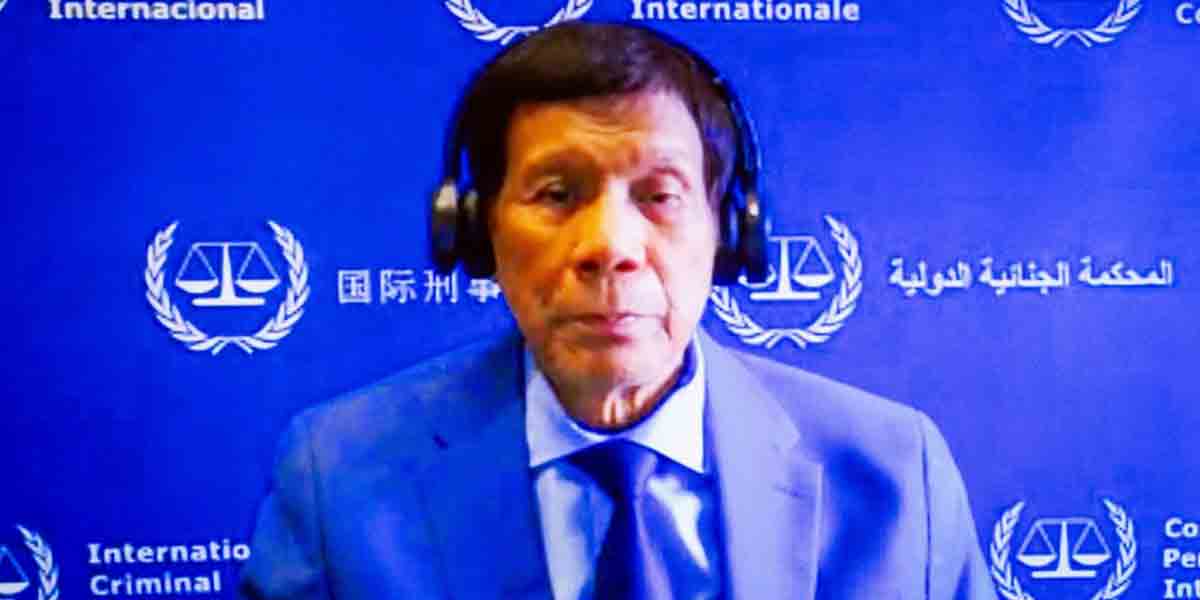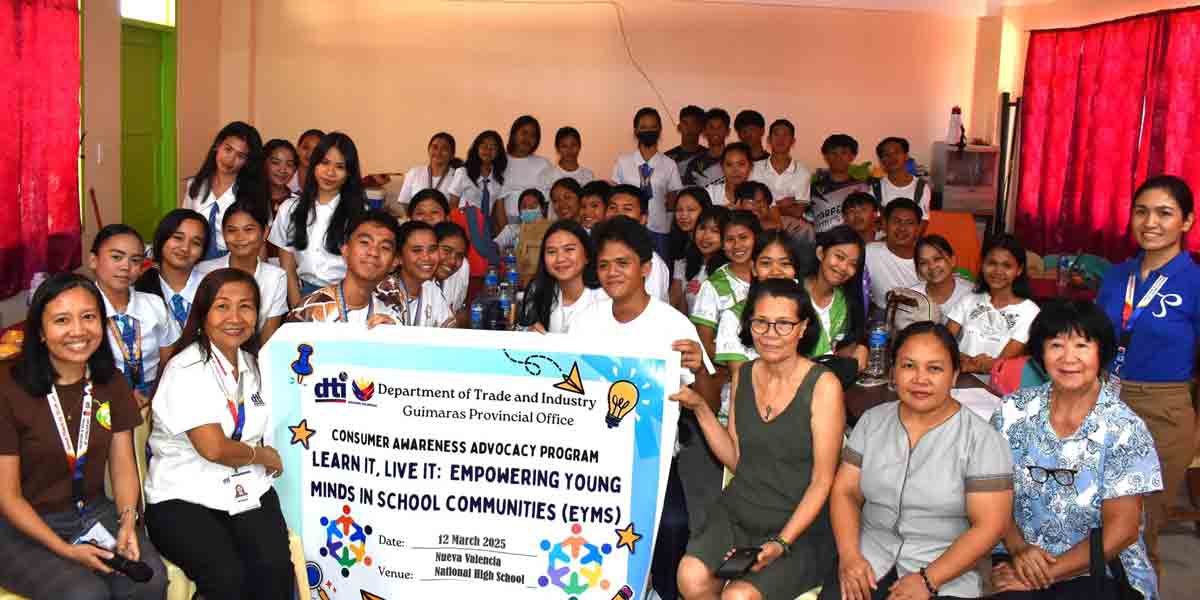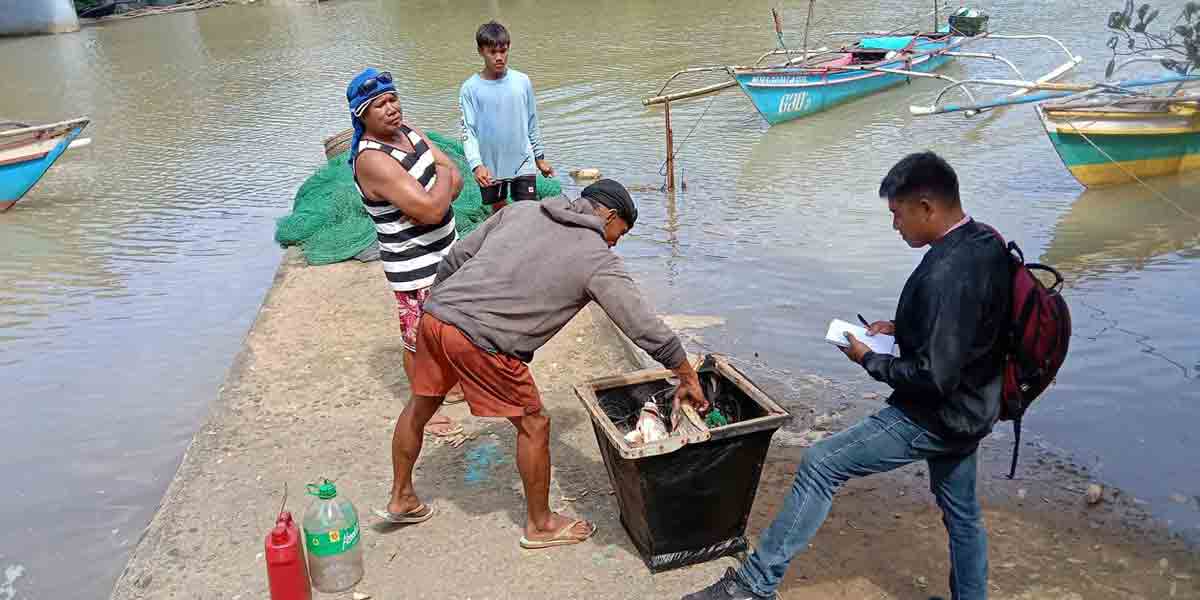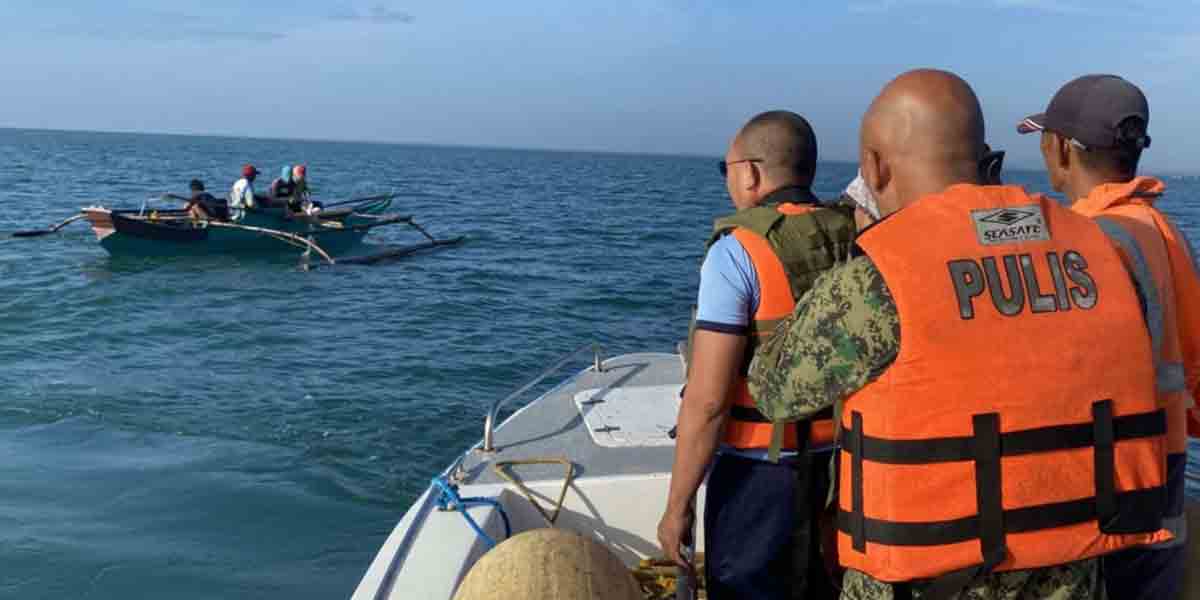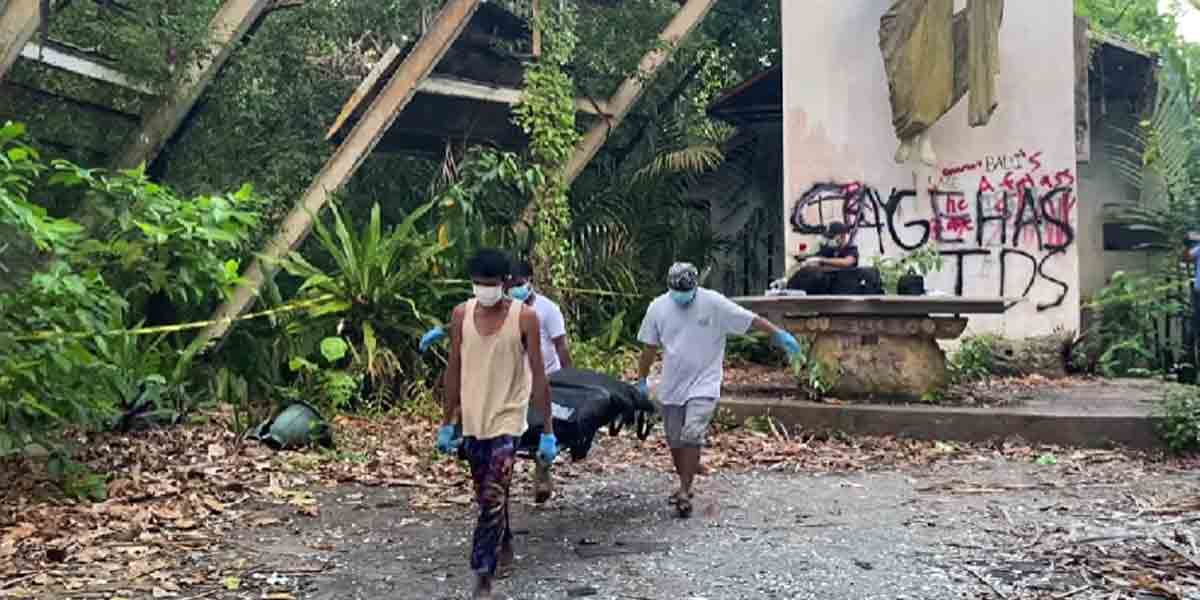By Alex P. Vidal
“The curse of a journalist is that he always has more questions than answers.”—Bill Keller
WE are relieved that no Filipino journalist was killed in the just concluded Barangay and Sangguniang Kabataan Elections (BSKE) in the Philippines, even as the Commission on Elections (Comelec) finished canvassing ballots in all 42,001 barangays nationwide on November 1.
We thought about the working press and the conditions of our colleagues in the Philippines after new data from the UN Educational, Scientific and Cultural Organization (UNESCO) has revealed a worrying rise in violence against journalists during election periods, and usually at the hands of law enforcement agents.
The United Nations reported November 2, 2023 that between January 2019 and June 2022, UNESCO documented 759 individual attacks against journalists, including five killings, during 89 elections in 70 countries.
Most of these attacks–which included beating and arbitrary arrest—were reportedly committed by police and security forces.
The findings come in a report published in tandem with the International Day to End Impunity for Crimes against Journalists, observed annually on November 2.
It examines the role of law enforcement agents, in ensuring the safety of journalists during public demonstrations and elections.
From January 2015 to August 2021, UNESCO registered incidents in at least 101 countries where journalists were attacked while covering protests, public demonstrations and riots.
At least 13 were reportedly killed in such contexts.
-o0o-
UN said journalists were injured by police firing non-lethal ammunition, such as rubber bullets or pepper balls. Many others were arrested, beaten and in a few cases humiliated.
“At the same time, a significant number of physical and verbal attacks were perpetrated by demonstrators and people attending the protests,” the report said.
In his message for the Day, UN Secretary-General Antonio Guterres underlined the risks journalists face in fulfilling their vital role in both upholding and enabling democracy and holding power to account.
“Today and every day, we are grateful to the journalists and all media professionals who risk their health and lives to keep us informed, and to keep the truth alive,” he said.
Citing UNESCO, he said at least 88 journalists were killed in the line of duty in 2022, marking a sharp increase over preceding years.
“The current conflict in Israel and the Occupied Palestinian Territory is taking a horrific toll on journalists,” he added.
Furthermore, he noted that the majority of journalists killed are not war reporters. In fact, they are working in countries that are at peace, investigating issues such as corruption, trafficking, human rights violations, and environmental issues.
“I am deeply alarmed by these figures, and by the rise in threats of all kinds against journalists,” he said.
“Detention of journalists is at an all-time high. Online harassment of journalists, particularly women, is being used as a tool to silence them. We need better safeguards to defend the journalists who are keeping us informed.”
-o0o-
The Secretary-General called on all States to prevent violence against journalists, to provide a safe environment for them to do their jobs, to bring to justice those who commit crimes against them, and to ensure support for victims and survivors.
UNESCO has long been advocating for the safety and protection of journalists and all who work in media, and the report contains a number of recommendations for law enforcement agents/agencies (LEAs) and media outlets covering public assemblies.
For example, the sides are encouraged to cultivate “a good and professional relationship” beforehand so that they have clear understanding about their respective roles, responsibilities, potential issues and response.
LEAs are urged to facilitate the work of journalists, such as identifying a press area or “defined media perimeter” that provides a safe vantage point for them, though understanding that journalists are not obliged to remain there.
Particular attention should also be given to the specific threats and risks women journalists face, “and it is important to take a gender-sensitive approach when considering measures to address the safety of journalists, especially online.”
“Regular training for senior LEA management in working with media organizations, notably during elections periods, and for officers working on the ground during public assemblies, notably in facilitating safe media coverage, should be regularly conducted,” the report said.
(The author, who is now based in New York City, used to be the editor of two daily newspapers in Iloilo.—Ed)



